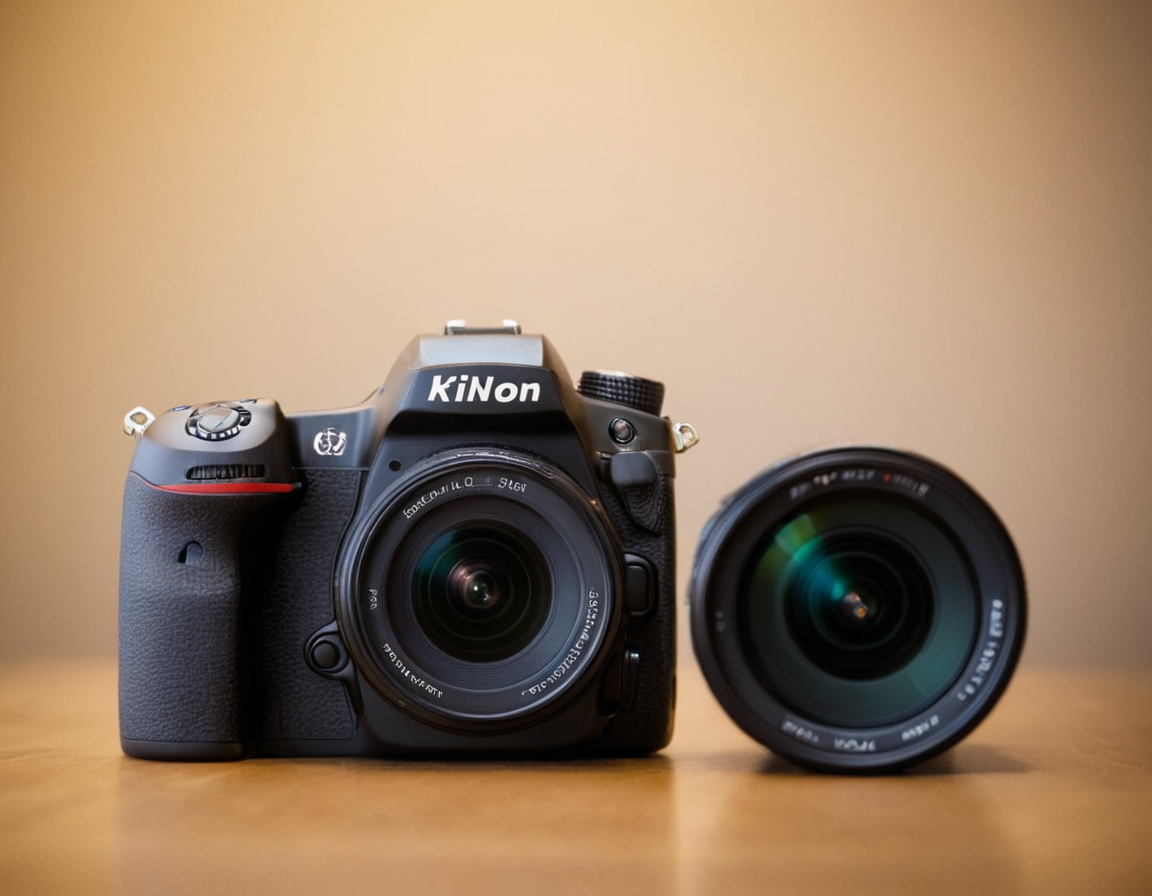Sensor Size Impact: DSLR vs Mirrorless

The Impact of Sensor Size on Image Quality in DSLR and Mirrorless Camera Systems
The world of photography is constantly evolving, with new technologies and innovations emerging every year. One aspect that has garnered significant attention in recent times is the impact of sensor size on image quality in DSLR and mirrorless camera systems. In this article, we will delve into the details of how sensor size affects image quality, explore its implications for photographers, and discuss the current state of the industry.
Introduction
The fundamental principle of a camera’s sensor size is to capture light and convert it into electrical signals that are then processed into images. The size of the sensor has been a topic of debate among photographers and manufacturers alike, with some arguing that larger sensors are superior, while others claim smaller sensors are sufficient. However, the reality is more complex, and in this article, we will explore the impact of sensor size on image quality.
What is Sensor Size?
Sensor size refers to the physical dimensions of the imaging sensor within a camera. In the context of DSLR and mirrorless cameras, it typically refers to the full-frame sensor size or crop factor. The sensor size affects the camera’s ability to capture light, resulting in images with varying levels of quality.
How Does Sensor Size Affect Image Quality?
The impact of sensor size on image quality can be broken down into several key areas:
- Light Gathering: Larger sensors are capable of gathering more light, resulting in improved dynamic range and reduced noise.
- Resolution: While sensor size does not directly affect resolution, a larger sensor can produce higher-quality images with better detail and color accuracy.
- Distortion: Smaller sensors tend to introduce more distortion, which can be detrimental to image quality.
Practical Examples
- Full-Frame vs Crop Factor: Using a full-frame camera will generally result in better image quality compared to a crop factor camera. This is due to the larger sensor size and improved light gathering capabilities.
- Sensor Size and Noise: Larger sensors tend to produce less noise, resulting in cleaner images.
Conclusion
The impact of sensor size on image quality is a complex topic that has far-reaching implications for photographers. While there are valid arguments on both sides, the reality is that larger sensors do offer improved image quality. However, this comes at a cost, including increased size and weight.
As the industry continues to evolve, it’s essential to consider the implications of sensor size on our craft. The question remains: Is the pursuit of better image quality worth the added bulk and expense?
The answer, much like the perfect shot, lies in the eye of the beholder.
Tags
sensor-impact-on-image-quality dslr-vs-mirrorless camera-sensors-explained optical-traps-photography digital-photo-resolution
About Emily Williams
As a seasoned photographer and educator, I help creative minds unlock their potential on lentecreativa.com. With a focus on real-world tips & techniques, I inspire photographers to push boundaries & tell stories that matter.
